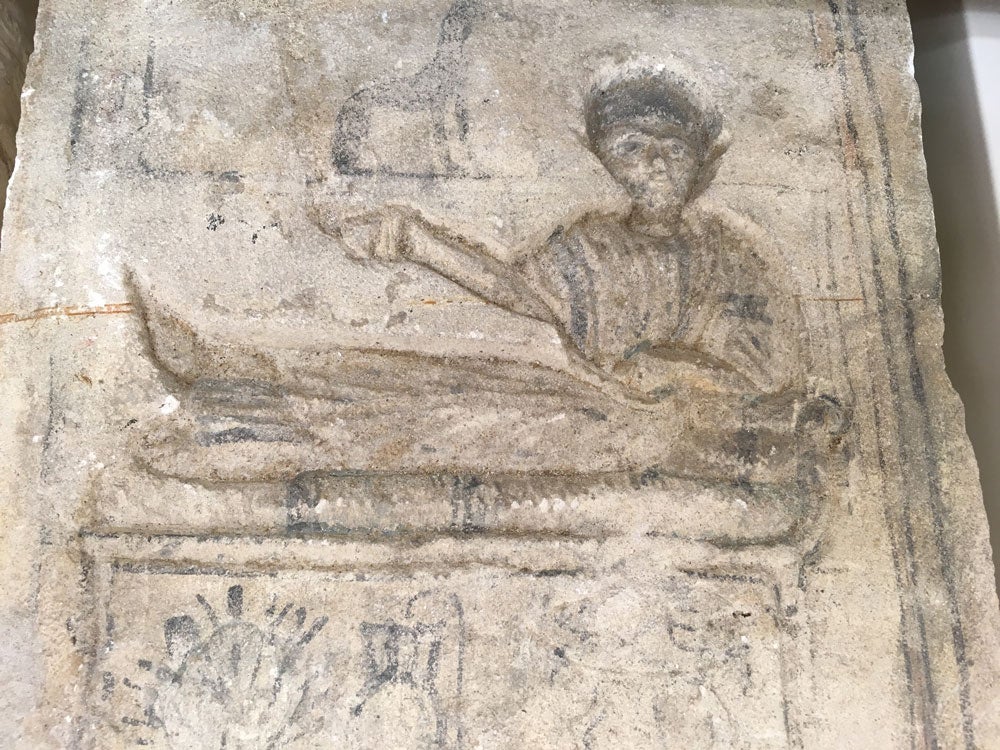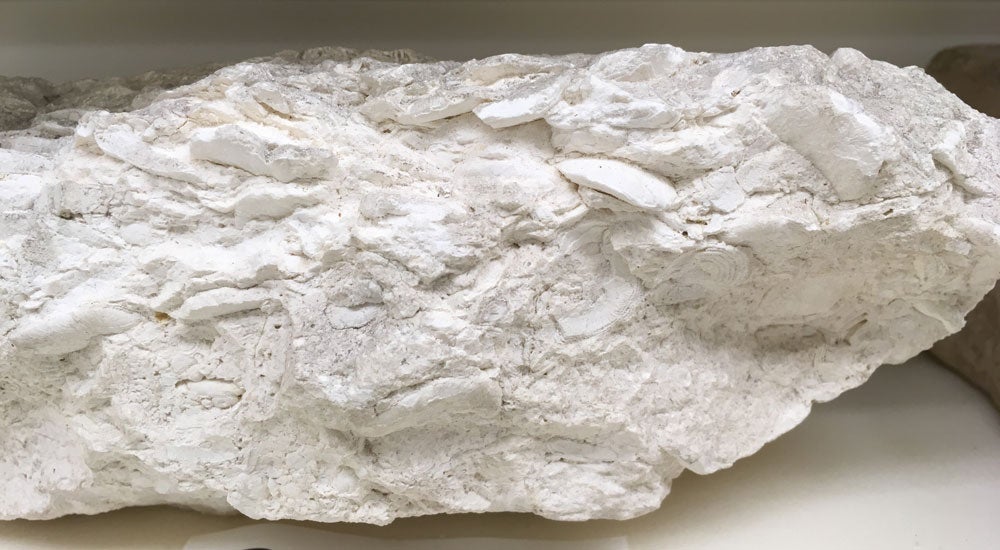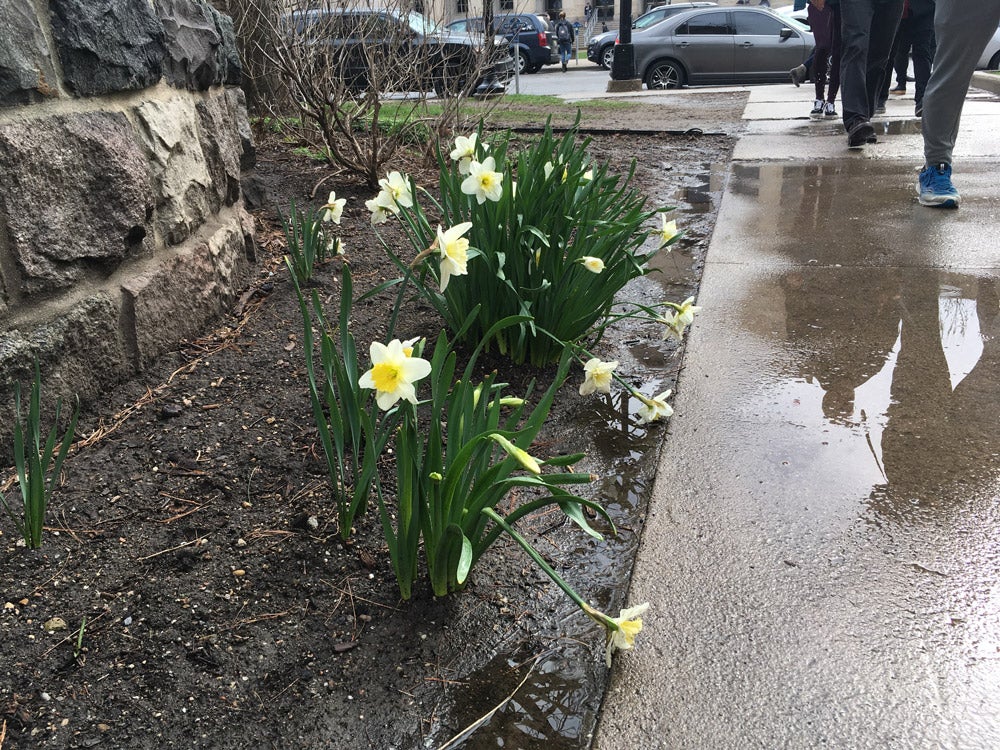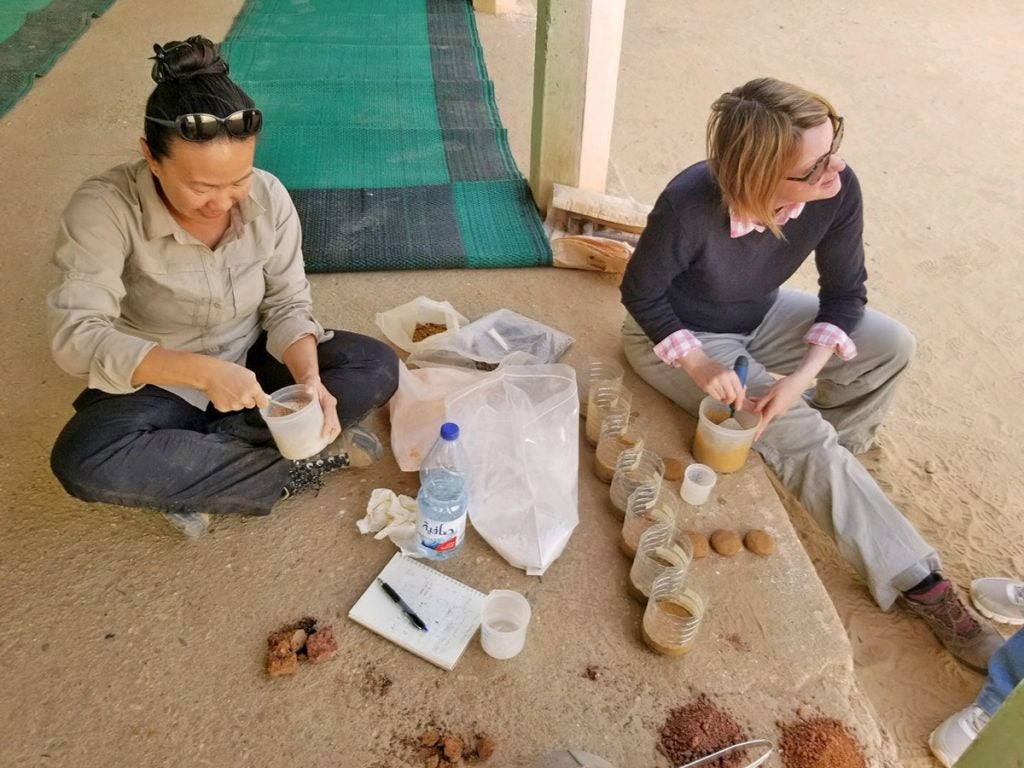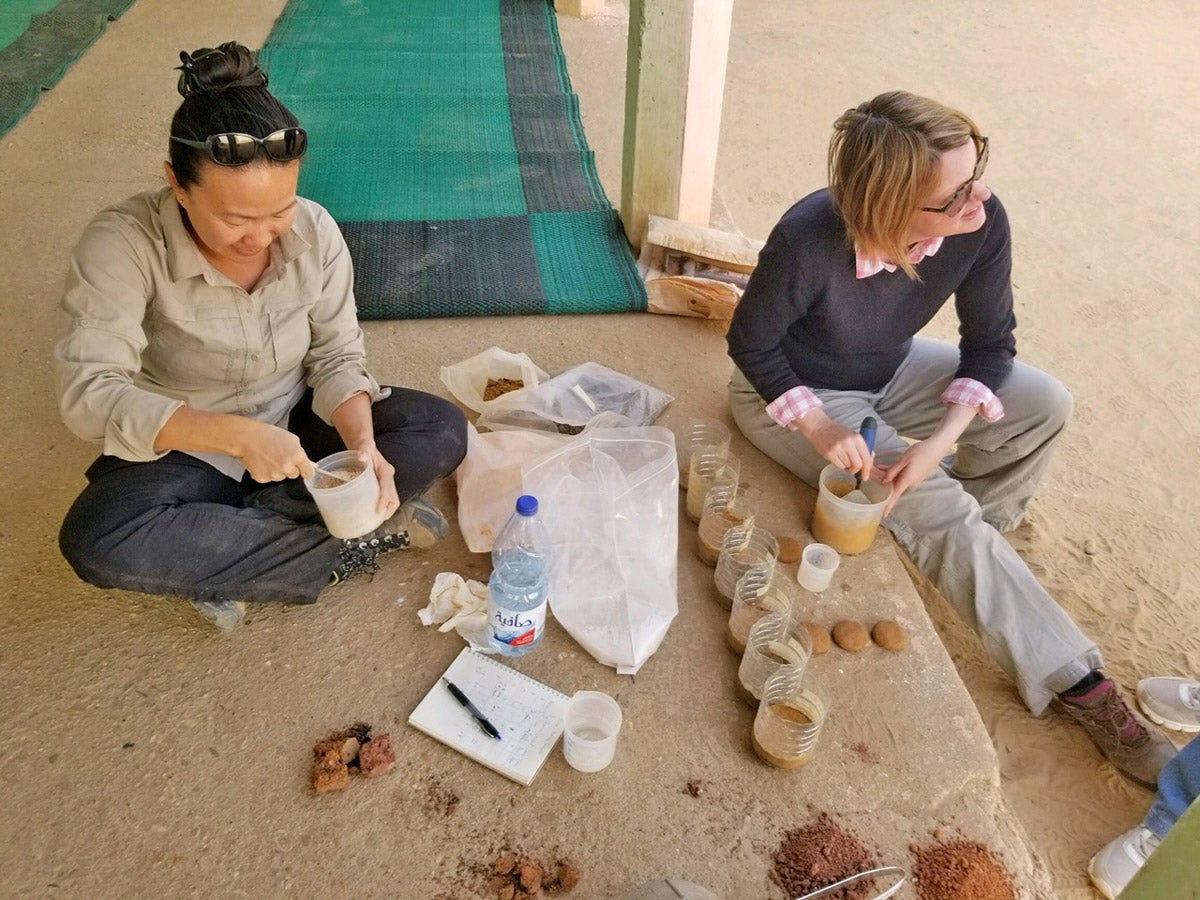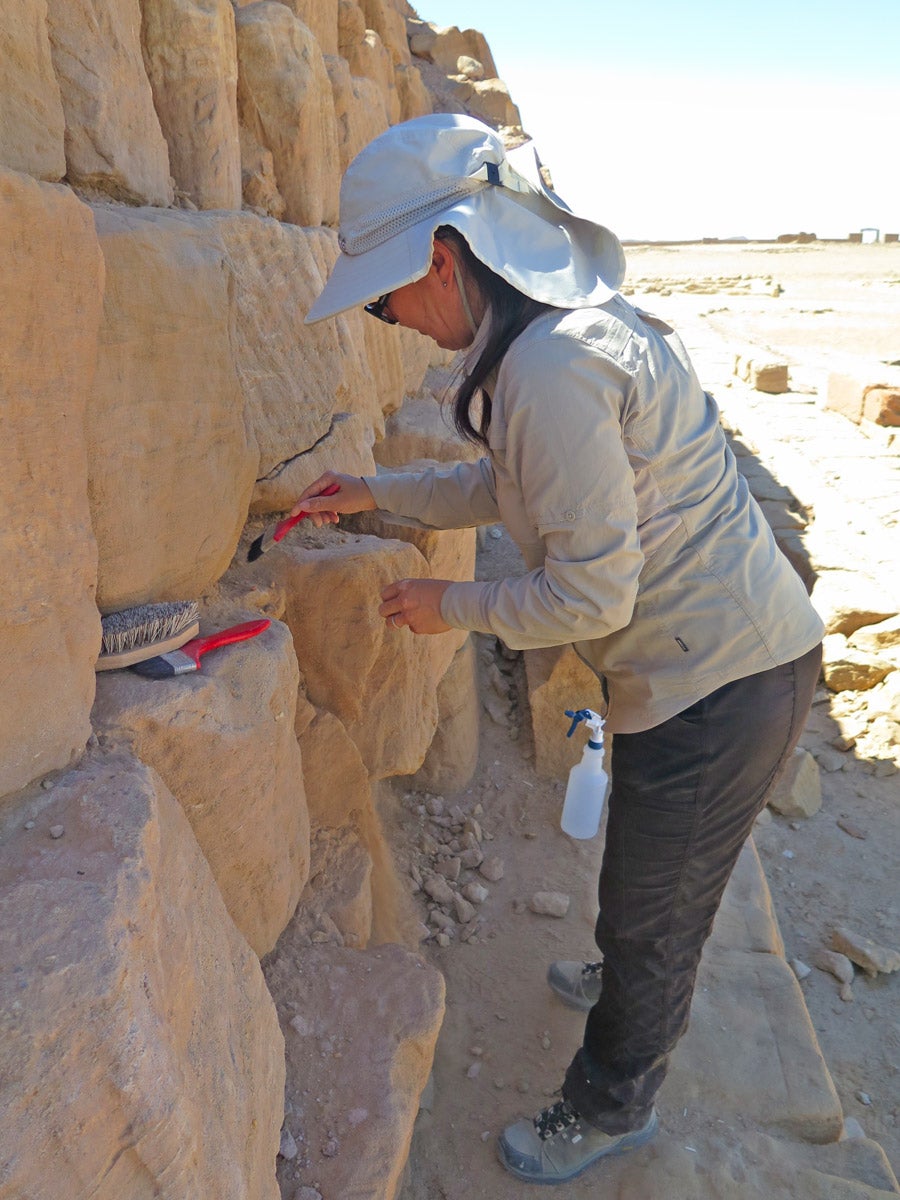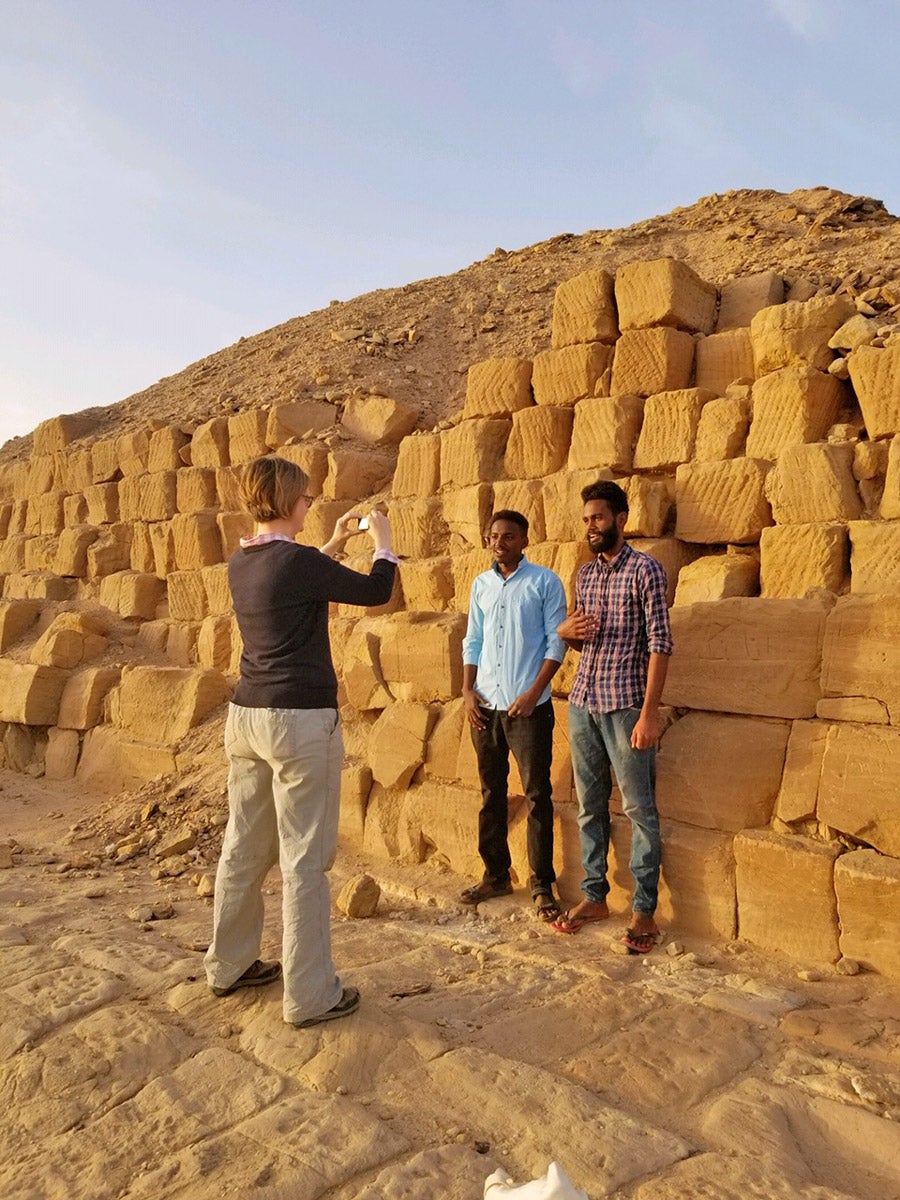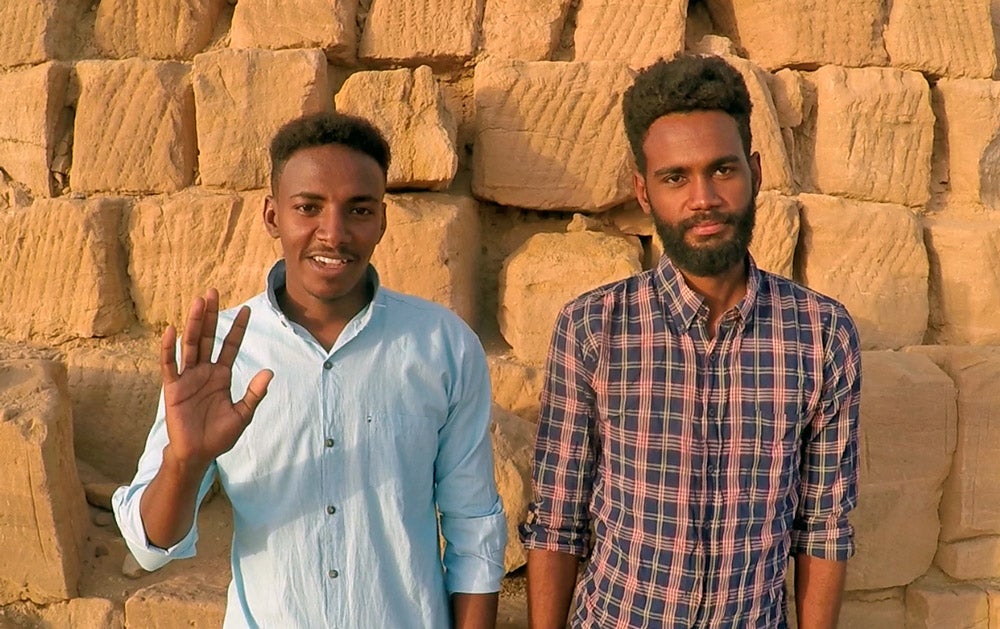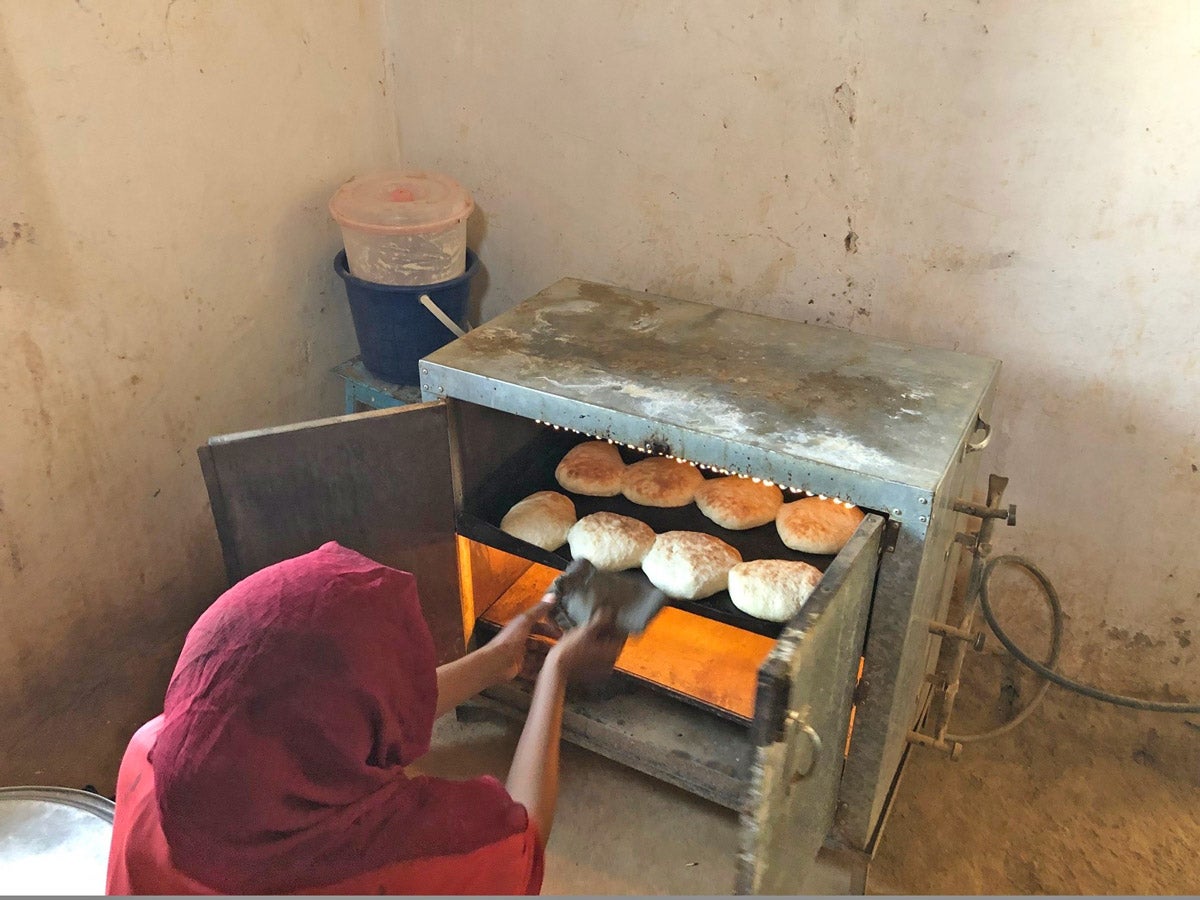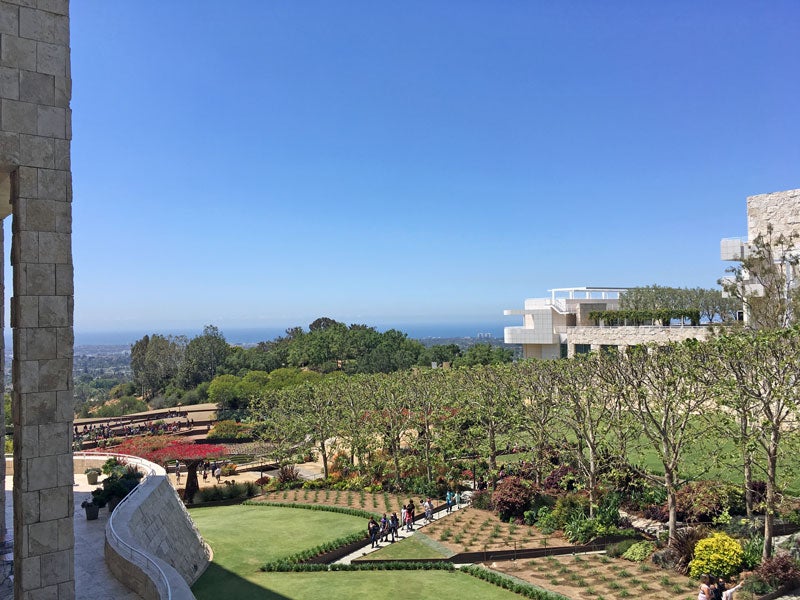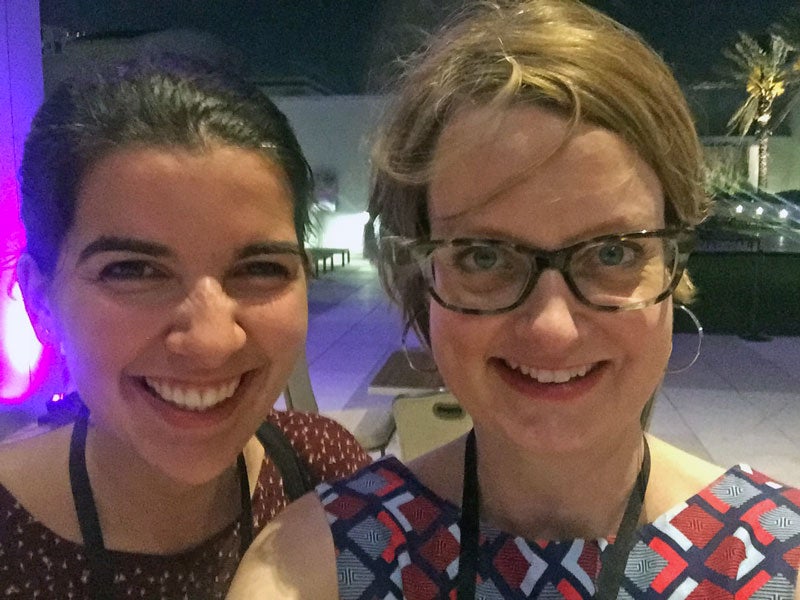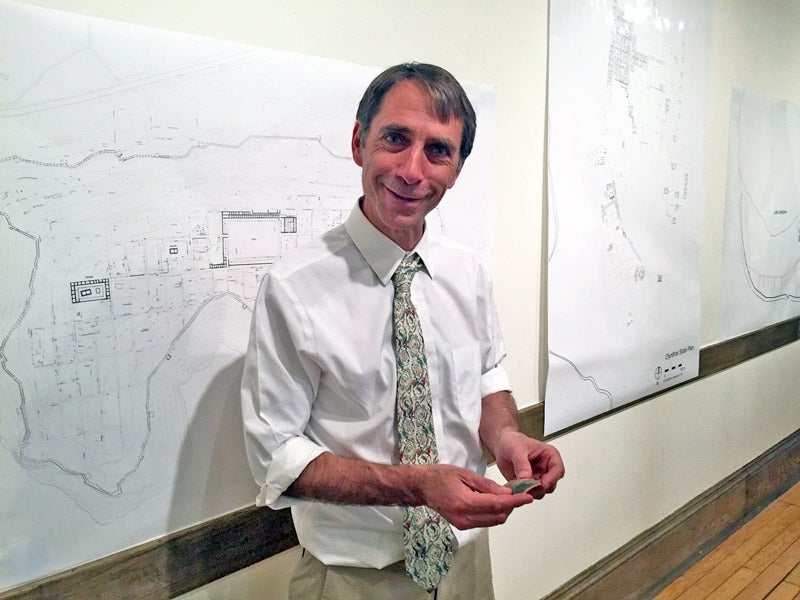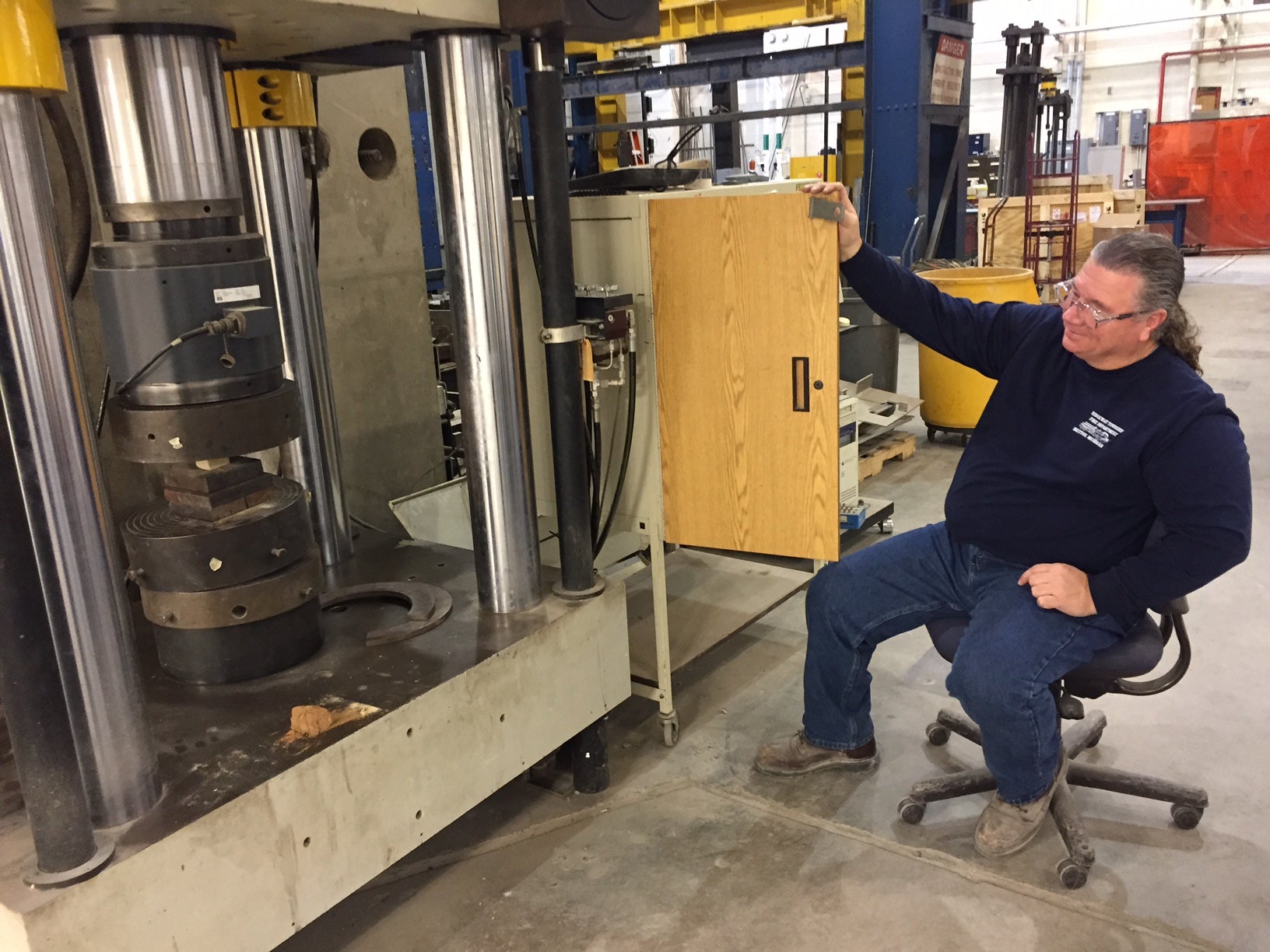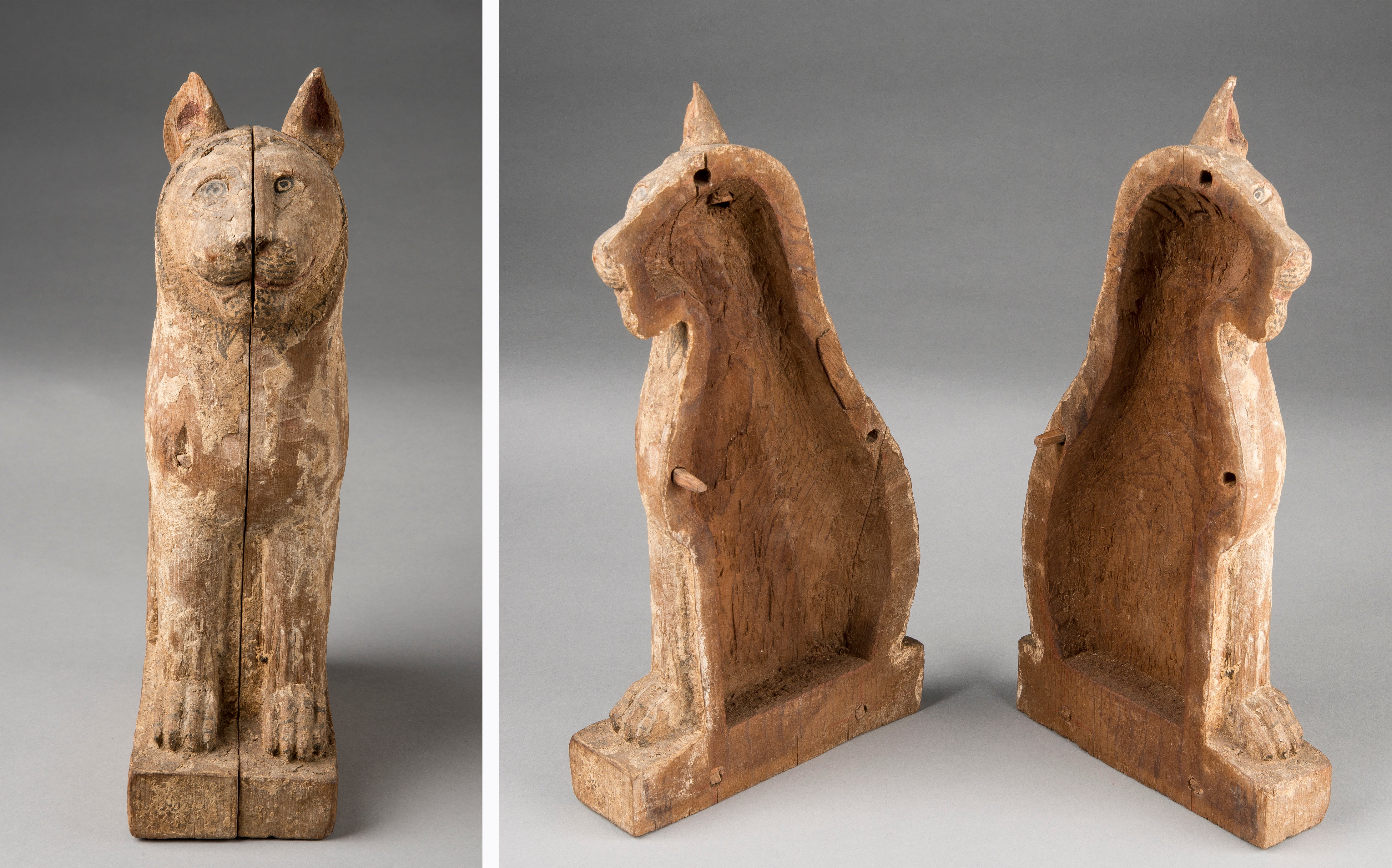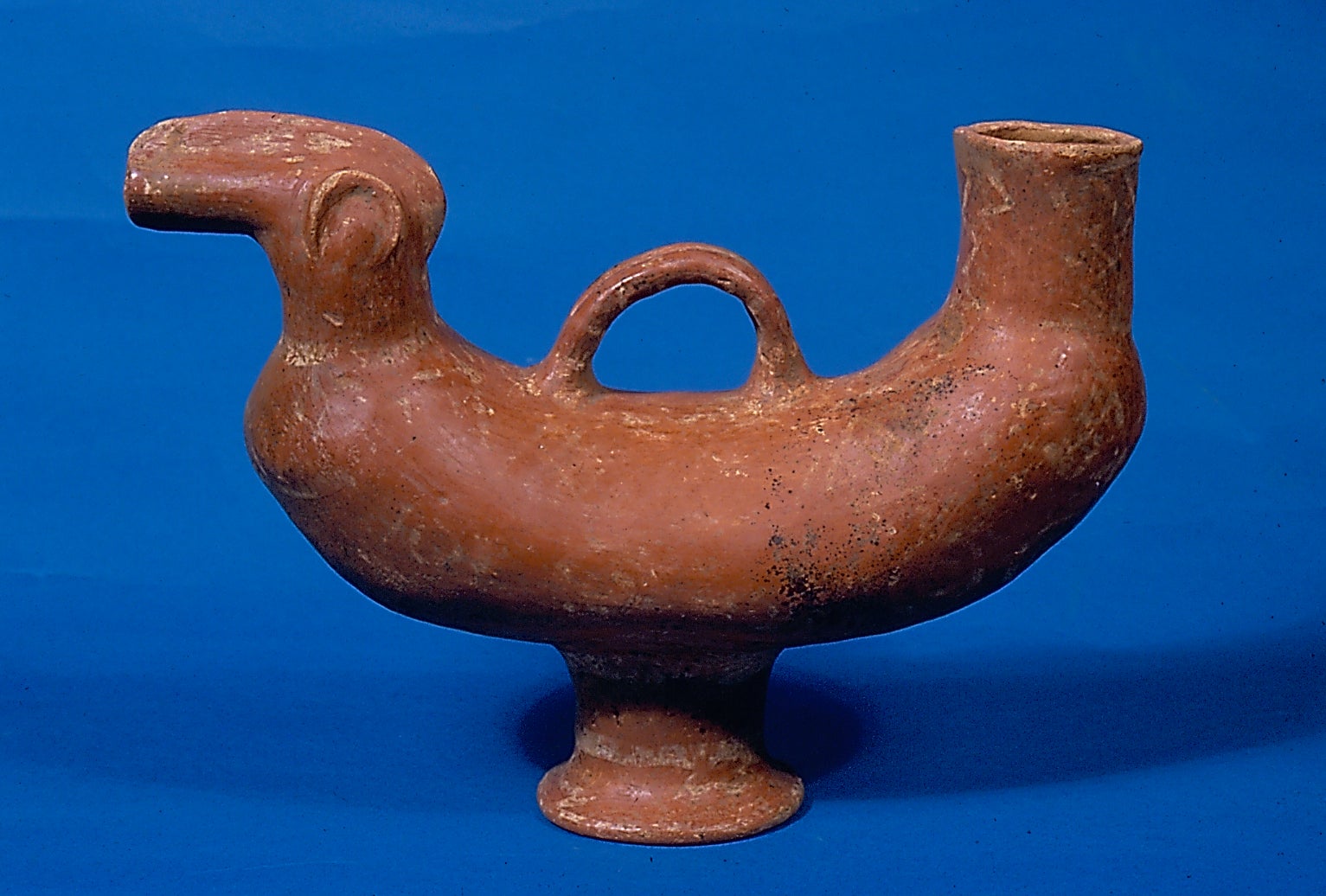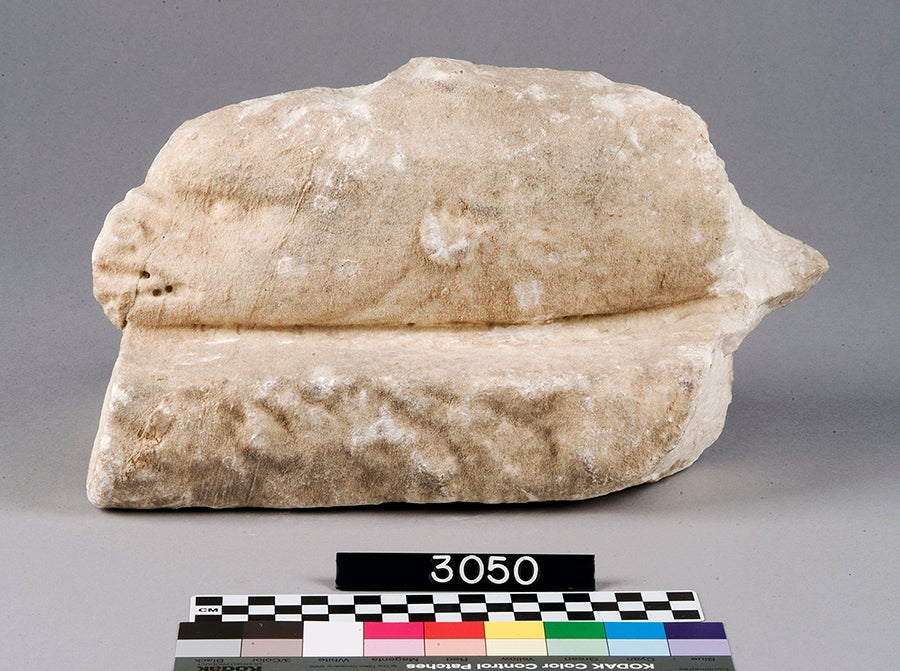News from the Conservation Lab — Pretty in Pink
By Caroline Roberts, Conservator
I’ve been spending a lot of quality time in collections storage lately and have noticed something curious: an abundance of pink! Namely, ancient pink pigment. Why is this so interesting? Because the pink most frequently used in the ancient Mediterranean was made of madder root, a plant-based dye that was used to color textiles as well as a pigment on objects.
Like other organic pigments, rose madder is highly light sensitive and prone to fading. The occurrence of rose madder on so many artifacts in the collection surprises me, given what we know about its fugitive nature. Rose madder also has a unique chemical property that causes it to luminesce, or glow, an orange-pink color when exposed to ultraviolet light. A quick look with a UV LED flashlight can help confirm whether or not the pink on an object is madder.
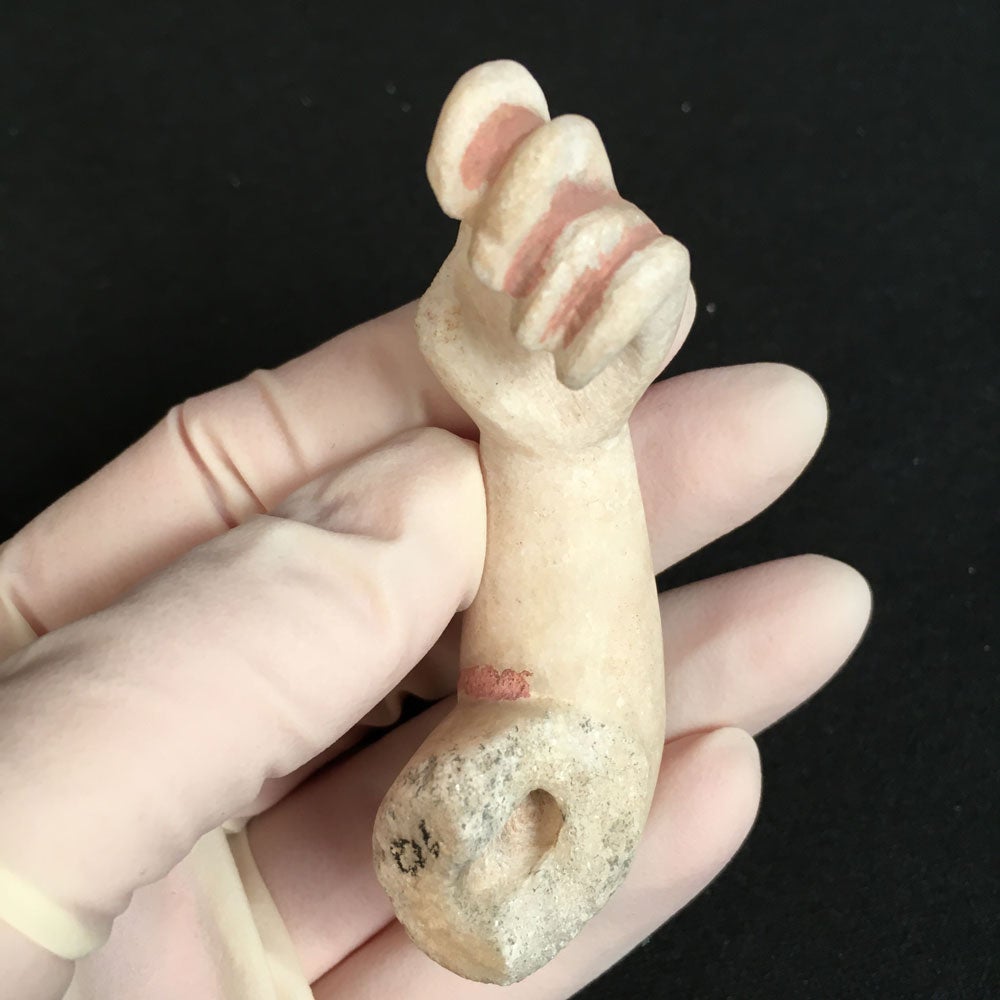
Marble sculpture fragment KM 1931.441 from Seleucia with pink pigment between fingers and inside elbow.
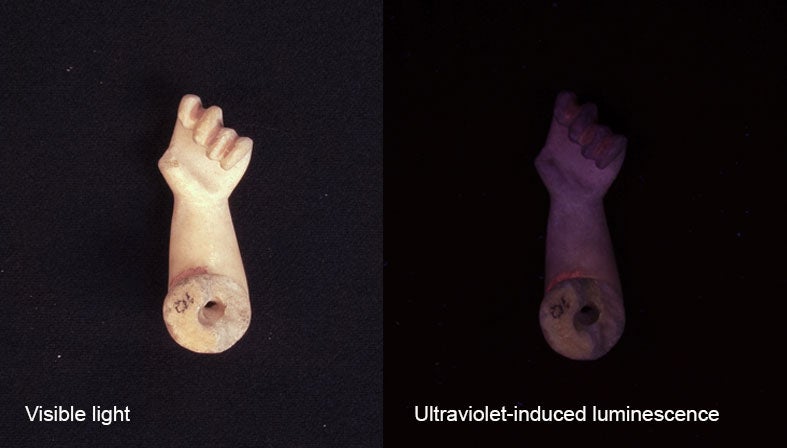
Despite its tendency to fade, I am finding pink on everything from terracotta figurines to marble sculpture to limestone grave markers. I’m also finding it in different hues and on different decorative elements, from flesh tones to jewelry to architecture. It turns out pink is everywhere at the Kelsey, and it is pretty fascinating.
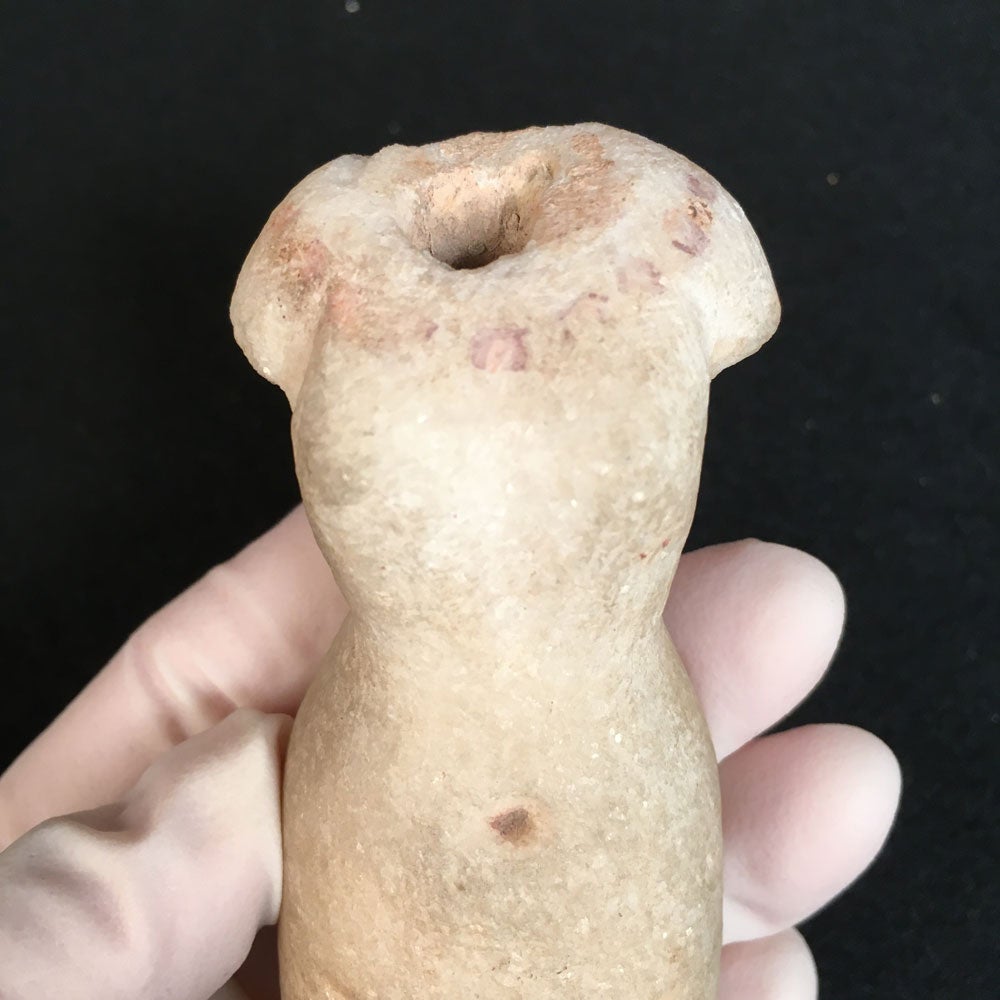
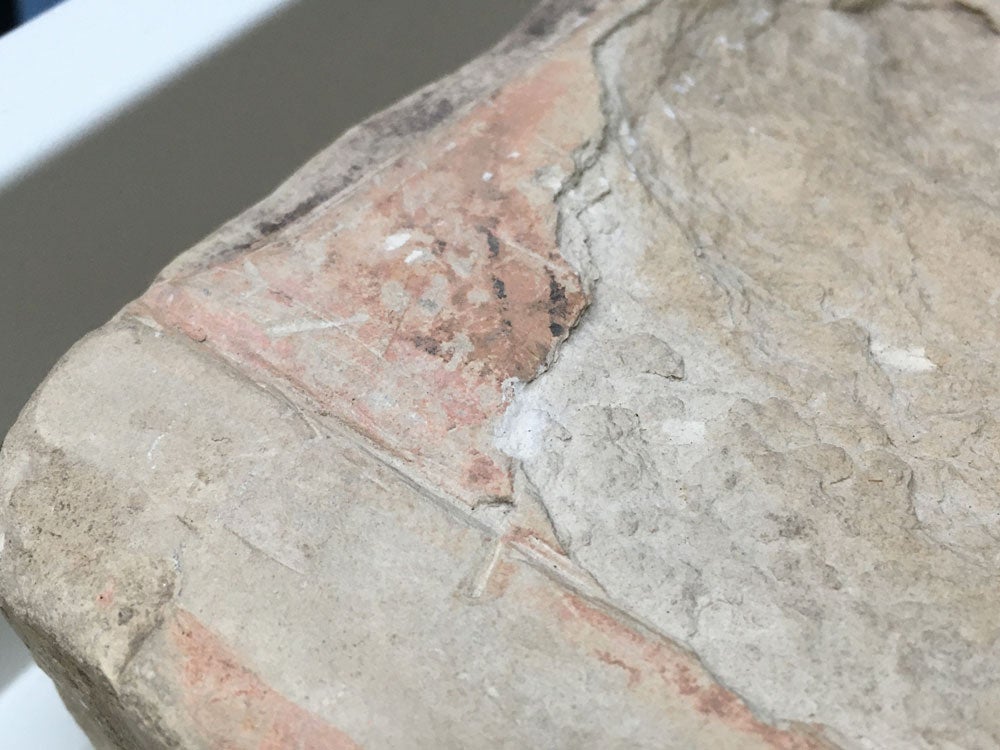
News from the Conservation Lab — Pretty in Pink Read More »


